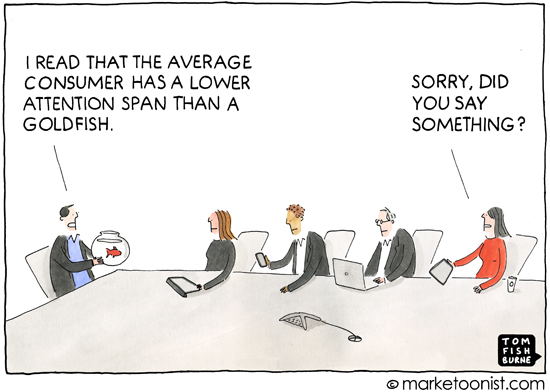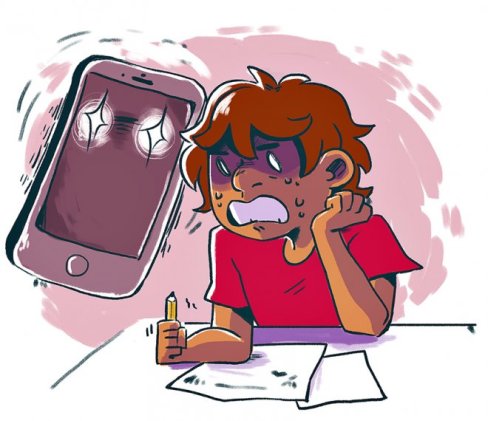
For this week’s blog, I created a short task to examine the attention capacity of two of my friends relative to me. The goal of this test was to see what happens to someone’s ability to pay attention to a task whilst on a media device. In the test, we all read out/described the first three tweets on our feeds whilst five sheets of coloured paper were held up in front of us. We then had to describe what colours were shown, and in which order they were shown. My participants said that they enjoyed this test, and were happy to be participants for this blog post. Additionally, to ensure the this research was ethically conducted, I got their approval of their representation in this blog, and gave them a link to the blog so they would have access to the blog, and the ability to give feedback. According to Sana et al. (2012)
“Multitasking places considerable demands on cognitive resources, which, in turn, degrades overall performance, as well as performance on each task in isolation” (Sana et al. 2012, p.24)
This was somewhat evident in the test that we conducted. The results of this test varied from person to person, but most of the time, each of us could not accurately recount the details of the first three tweets in our twitter feed, and accurately recall the colours we had been shown in the order that we saw them. Evidently, merely shifting our attention between the two tasks did not mean that we were paying attention to both. This form of attention is called alternating. This means we shift our attention between tasks demanding different cognitive skills (Microsoft Attention Spans 2015). As 90% of our media interactions are screen based, and 4.4 hours of our leisure time is spent in front of screens each day (The New Multi-screen world 2012) it is not entirely surprising that we have become accustomed to sharing our attention between multiple screens at the same time. According to a study for consumer insights done by Microsoft Canada, active social media lifestyles build this type of attention application, 67% of Canadians reporting that multitasking is the only way they can get things done (2015). When I asked my participants about whether alternating attention helped or hindered their completion of tasks, both agreed that alternating their attention through “multi-screening” through something like listening to music or a YouTube video on their phone/iPod whilst doing uni work, significantly aided their ability to get tasks done. However, there are also many studies which contradict this idea that multi-screening aids productivity.

A study by Sana et al. found that students who multi-tasked on a laptop during a lecture, and those who sat near them, scored lower on a test compared to those who didn’t multitask or sit in view of a multitasking peer (2012). Thus, the conclusion was that multitasking on a laptop was more of a distraction than an aid to users (Sansa et al. 2012). Furthermore, smartphone technology was found to interfere with and interrupt ongoing mental and physical activity in daily life (Wilmer et al. 2017). Not only does the physical presence of a smartphone impact our cognitive activity, it also affects our capacity to ignore incoming stimuli to apply focused attention, and maintain sustained focus over an extended period (Wilmer et al. 2017).
References
- Microsoft Attention Spans 2015, Consumer Insights Microsoft Canada, Microsoft, viewed 16 September 2017, <https://moodle.uowplatform.edu.au/pluginfile.php/1083071/mod_resource/content/1/microsoft-attention-spans-research-report.pdf>.
- Sana, F, Weston, T, & Cepeda, N 2013, ‘Laptop multitasking hinders classroom learning for both users and nearby peers’, Computers & Education, vol. 62, pp. 24-31, viewed 16 September 2017, <https://www.sciencedirect.com/science/article/pii/S0360131512002254>.
- The New Multi-screen world 2012, Understanding Cross-platform Consumer Behaviour, Google, viewed 16 September 2017, <https://ssl.gstatic.com/think/docs/the-new-multi-screen-world-study_research-studies.pdf>.
- Wilmer H., Chein J. & Sherman L. 2017, ‘Smartphones and Cognition: A Review of Research Exploring the Links between Mobile Technology Habits and Cognitive Functioning’, Frontiers In Psychology, vol. 8, pp.1-16.
